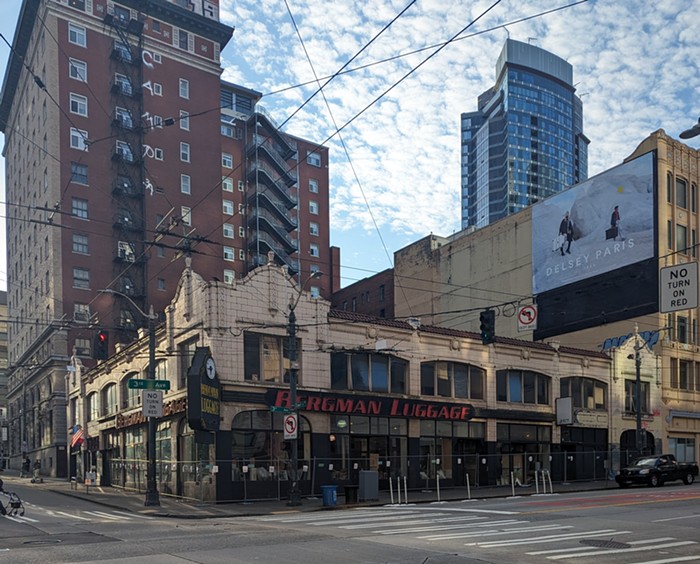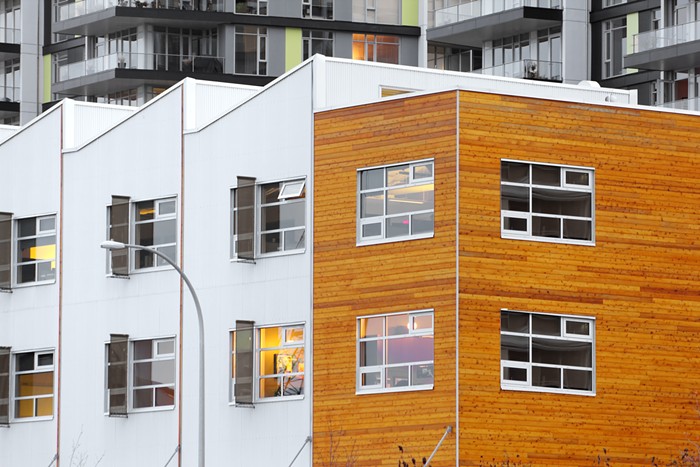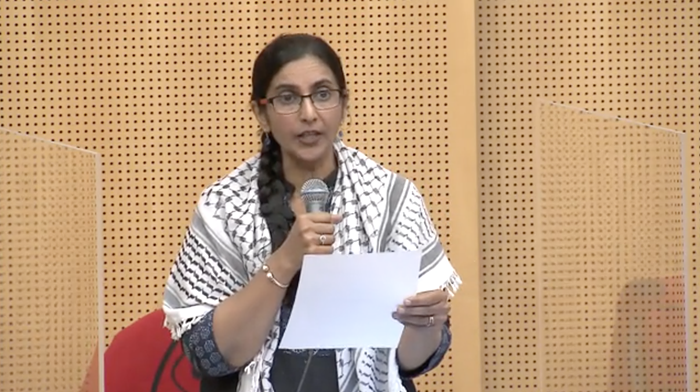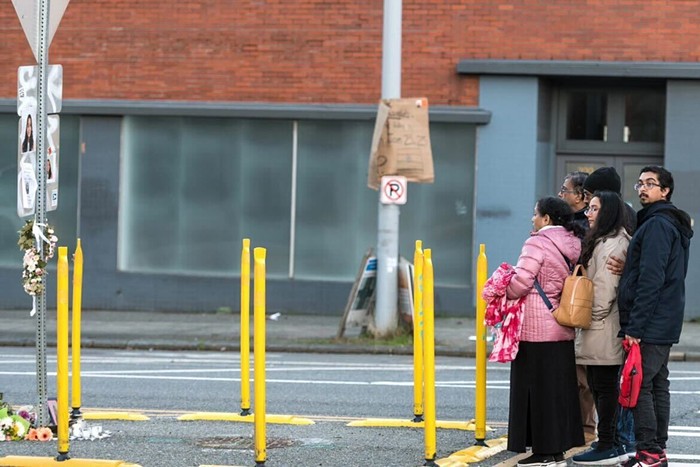
In Seattle, we're lucky that our streets are … you know, okay. Not great. Fine. Kind of bad in a lot of places, not a total disaster in others. Post Alley is probably one of the best streets in Seattle, but even with the city converting 20 miles of streets to pedestrian use last year (far short of the 130 miles called for by neighborhood groups), good luck finding any other that comes close to being as livable.
But two days of heavy snow managed to temporarily transform city streets, providing a little glimpse at how much better they could be. In many ways, driving in Seattle should always be like it was this weekend, all year round.

The first improvement suggested by this weekend’s snow was the obvious evidence that the streets are too wide. When snow comes and plows are in short supply, cars tend to forge overlapping tire-tracks through the city, wagon-rut-style, providing a tidy visual contrast between how little space drivers need and how much they wind up hogging. If big piles of snow remain in the intersection even as cars drive through, hour after hour, it’s clear that cars don’t actually need that space. That’s just what happened this weekend in ridiculously massive paved-over intersections like at Bellevue and Olive. We should reclaim that space so that every day is like it was this weekend.
The snowstorm also fixed Seattle’s traffic congestion issues, in that most people seemed to realize that they should not get in a car in the first place. Streets were generally empty of moving vehicles and were instead full of moving people—no gridlock, no traffic jams, no honking in frustration, no idling exhaust choking the air. The highways were virtually empty. Just everyone moving steadily toward their destination. Every day’s traffic should be like it was this weekend.

And then there was the speed reduction—glorious. This weekend was the first time in years that I saw what few drivers were out traveling at a normal speed through the city. On most streets, the average seemed to be about 20 miles an hour. A couple of years ago, Seattle Greenways successfully lobbied to have the speed limit on non-arterial streets lowered from 25 to 20, a speed at which most people will survive a collision. Now it’s time to reduce it to 20 citywide and install calming measures like traffic circles, speed humps, and swervy chicanes, so that, again, every day is like it was this weekend.
There were, of course, some downsides to the snow; many property owners failed to fully clear the sidewalks in front of their homes. That is not how every day should be. But on some streets, the obstructed sidewalks produced an illuminating behavior: People walked in the street instead. This, ultimately, should be the goal for Seattle streets.

This weekend, everyone was able to give each other enough space. Cyclists had plenty of room to go around pedestrians. Parking lots were used for snowball fights instead of cheap private property storage. Nobody had to stand helplessly at intersections waiting for traffic to clear, and could instead just go on their way. Streets should be for people, and if a car needs to get anywhere, it should have to wait until people get where they’re going first.
We shouldn’t have to wait for a fifty-year storm to teach us these lessons. We shouldn’t be resigned to living like we’re Los Angelinos, trapped by whoever has the fastest car. We should be able to walk, or roll, or ride transit wherever we need to go in comfort.
Every day should be like it was this weekend.



















